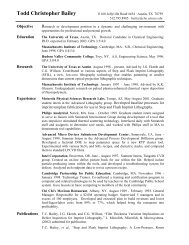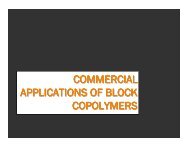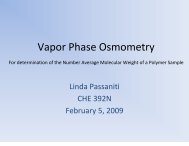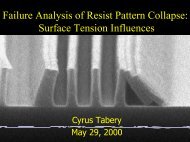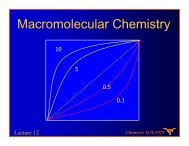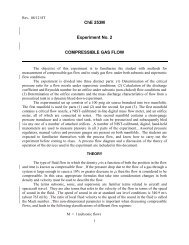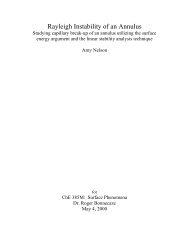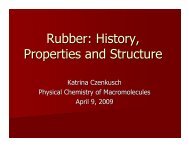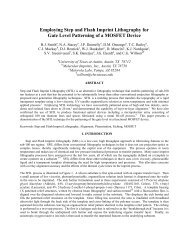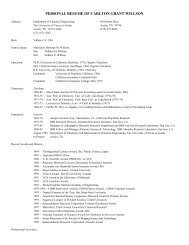Asymmetric fluid-structure dynamics in nanoscale imprint lithography
Asymmetric fluid-structure dynamics in nanoscale imprint lithography
Asymmetric fluid-structure dynamics in nanoscale imprint lithography
- No tags were found...
Create successful ePaper yourself
Turn your PDF publications into a flip-book with our unique Google optimized e-Paper software.
Chapter 3: Active Stage DesignThe practical development of the SFIL process requires that the baselayers are th<strong>in</strong> and uniform. An active stage mach<strong>in</strong>e is currently be<strong>in</strong>g designedand implemented to allow scientific studies of the impr<strong>in</strong>t<strong>in</strong>g process. Thismach<strong>in</strong>e will have <strong>in</strong>dependent, high-resolution actuators and a feedback controlsystem to squeeze the etch barrier <strong>fluid</strong> prior to UV exposure. The requirementsand embodiment of such an active stage system are presented <strong>in</strong> this chapter.3.1 OPTIMIZING BASE LAYER THICKNESS, ORIENTATION ALIGNMENT,AND THROUGHPUTThe ideal impr<strong>in</strong>t process would lead to an etch barrier with a zero base layerthickness. However, a zero base layer thickness cannot be obta<strong>in</strong>ed <strong>in</strong> f<strong>in</strong>ite timewith f<strong>in</strong>ite pressure. From the analysis <strong>in</strong> chapter 2, it can be seen that for a f<strong>in</strong>itepressure an <strong>in</strong>f<strong>in</strong>ite time is required to obta<strong>in</strong> a zero base layer thickness.Experimental results from the multi-impr<strong>in</strong>t mach<strong>in</strong>e support this theoreticalresult <strong>in</strong> that base layers below 100 nm have been very difficult to achieve. Inreality, there is a tradeoff between throughput and base layer thickness s<strong>in</strong>ce ath<strong>in</strong>ner base layer would require more time to achieve. If a base layer of uniformthickness and of the order of the impr<strong>in</strong>ted features (typically 200 nm) isobta<strong>in</strong>ed, then a prelim<strong>in</strong>ary etch<strong>in</strong>g can elim<strong>in</strong>ate the base layer without affect<strong>in</strong>gthe fidelity of the impr<strong>in</strong>ted features. Therefore, a base layer thickness <strong>in</strong> therange of 100 to 200 nm would provide an optimal solution to both throughputrequirements and impr<strong>in</strong>ted feature fidelity.In the <strong>in</strong>itial test beds for SFIL development, a coarse, micron-level precalibrationstage ensures that any <strong>in</strong>itial orientation misalignment of the template41



